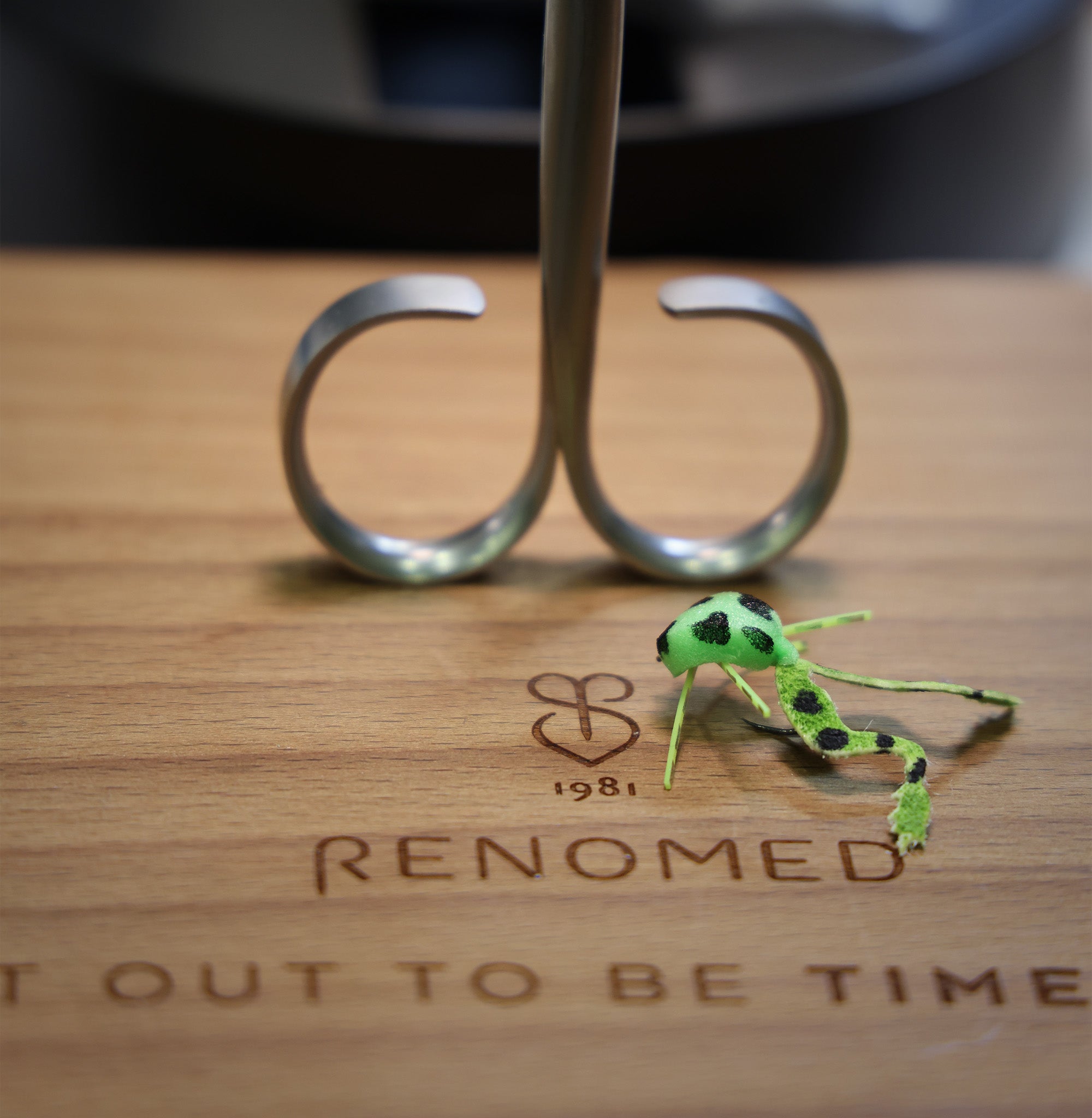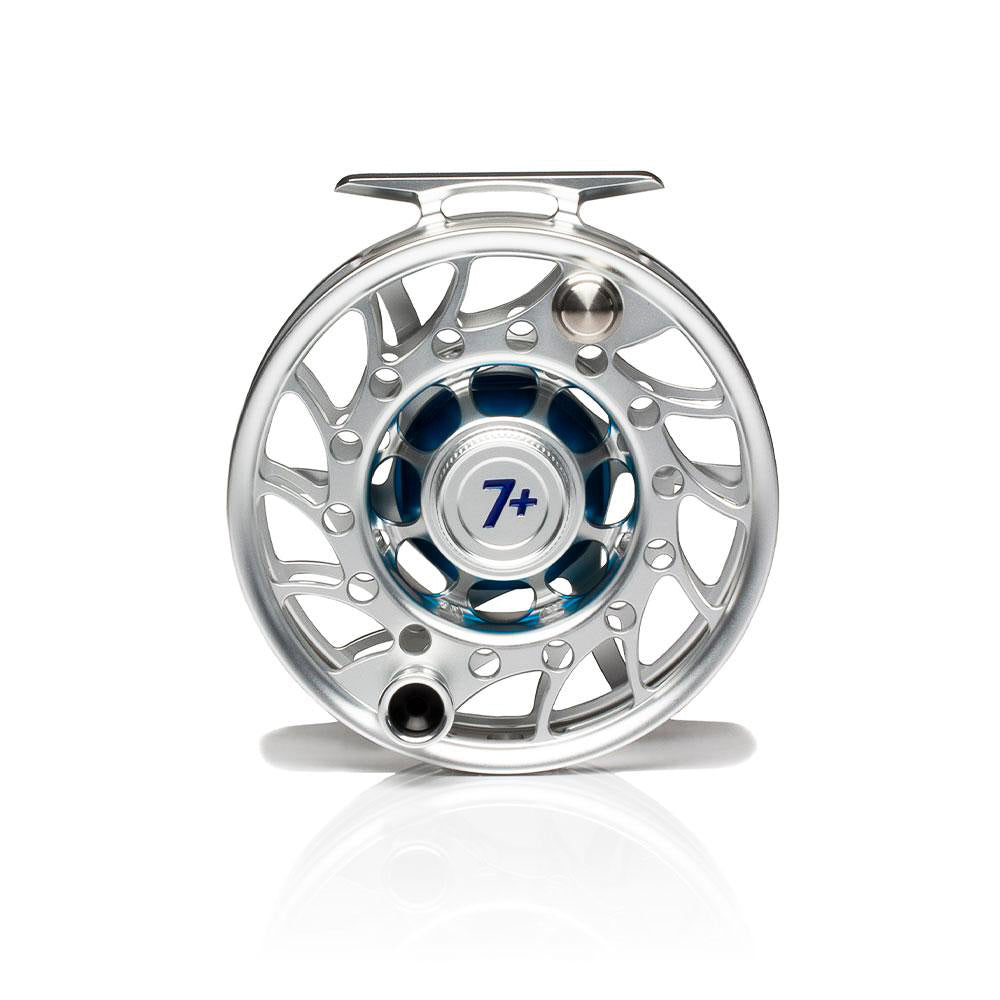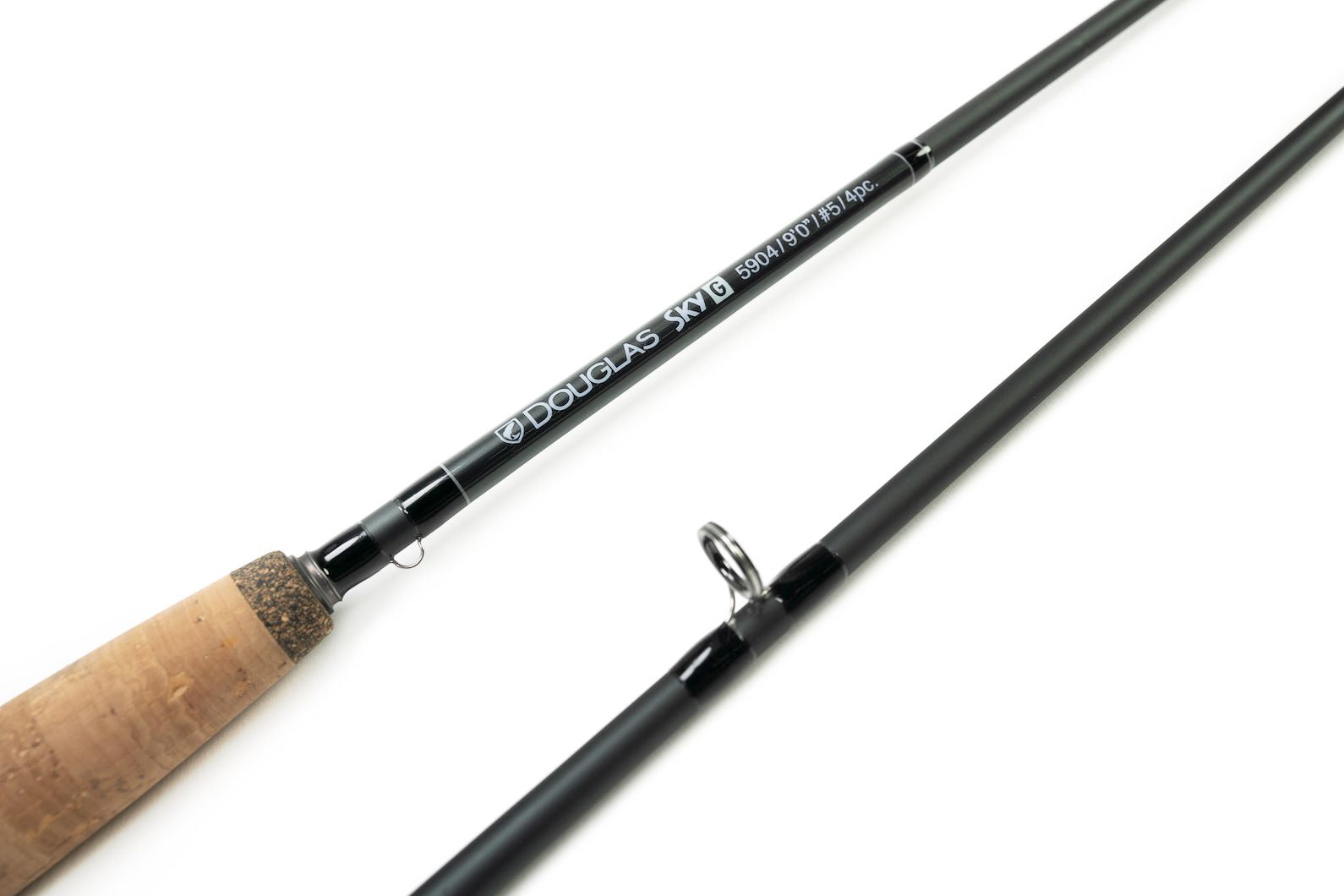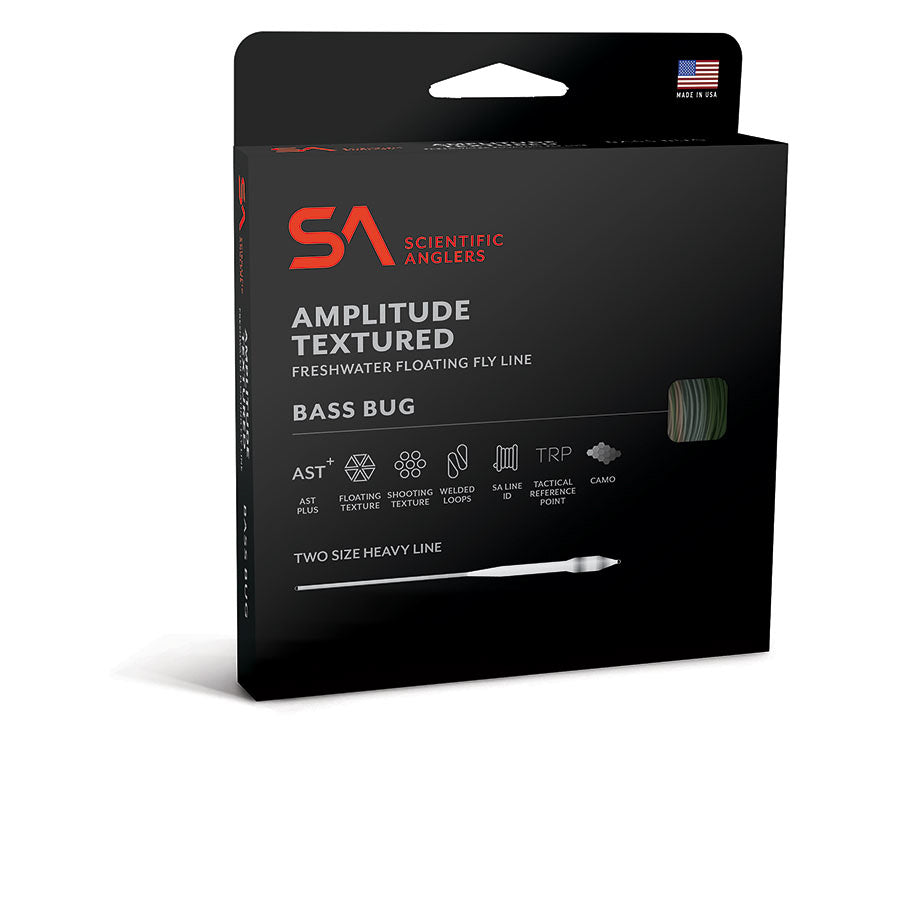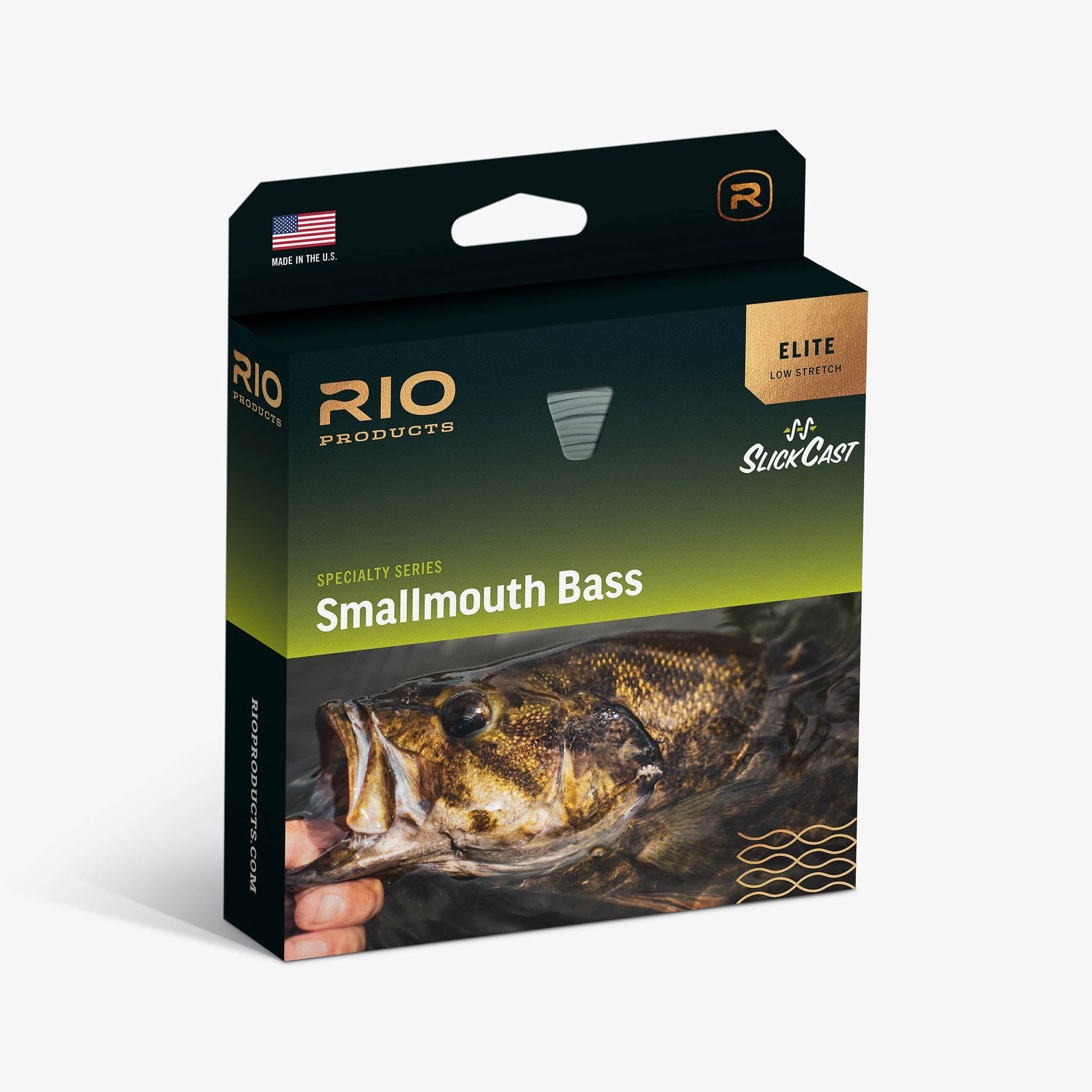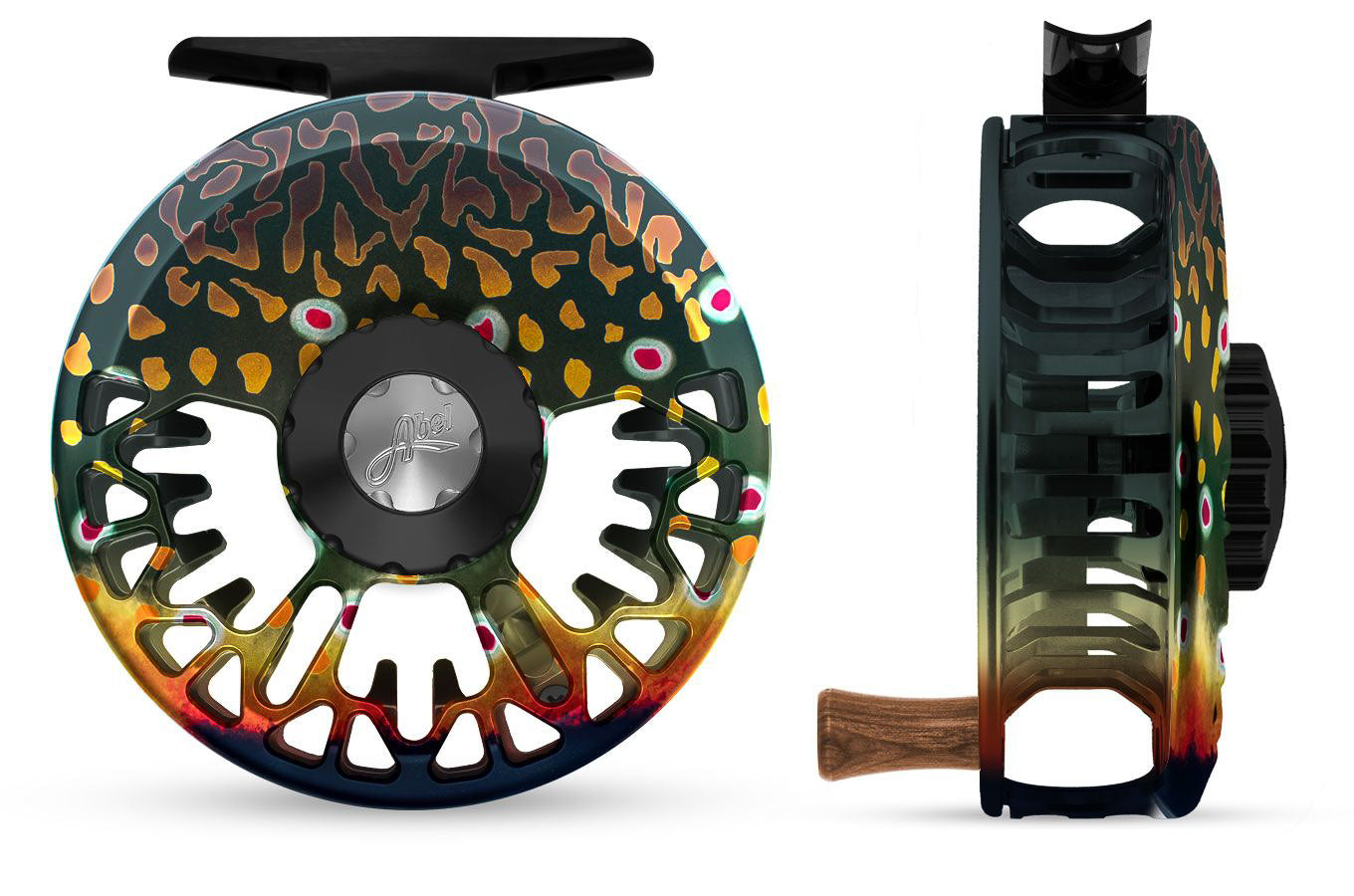When it comes to fly tying, few tools are as essential and underrated as scissors. Every fly tyer, whether beginner or pro, knows the frustration of dull blades or poorly aligned tips. Quality scissors provide precision, comfort, and durability. In short, scissors are the tool you’ll reach for constantly, so it’s worth investing in a pair that performs consistently.
Types of Fly Tying Scissors
There are a few common types of scissors used in fly tying, each with its specific role:
-
All-Purpose Scissors
These are your go-to scissors for everyday tying. They cut thread, feathers, synthetics, and light materials. Look for ones with fine tips and micro-serrated blades for precise cuts. -
Hair Scissors
These scissors are designed for cutting coarse materials like deer hair, bucktail, and synthetics. They usually have thicker blades and stronger tension to power through bulk. -
Micro-Tip Scissors
Ideal for delicate work and small flies. The fine tips allow you to get in close for precision trimming of fibers, dubbing, and thread. -
Curved Scissors
Useful for shaping bodies and trimming materials at an angle. They help with creating smooth, rounded profiles on patterns like muddlers or foam bugs. -
Specialty Scissors
These include scissors with unique angles, spring-loaded handles, or designs tailored for tyers with specific needs (such as left-handed scissors or those with arthritis). -
Micro Tip Scissors
Made for precision hackle cuts. The points are super fine and best reserved just for their intended purpose.
Key Features to Look For
Blade Quality: Stainless steel is standard, but higher-end scissors often use surgical-grade steel or even titanium-coated blades for extra sharpness and longevity.
Serrated vs. Straight Blades: Micro-serrations help grip materials for cleaner cuts, while straight blades are smoother and better for very fine work. Some tyers keep both types on hand.
Tip Design: Fine, pointed tips are a must for precision work. Avoid bulky or rounded tips unless you're working with very coarse materials exclusively.
Comfort and Ergonomics: If you tie a lot of flies, you’ll want scissors that fit comfortably in your hand. Loops that are too tight can cause hand fatigue. Spring scissors are a great option for tyers with dexterity concerns.
Adjustable Tension: Scissors with a tension screw let you dial in the exact feel you want. This is especially useful if you tie with a variety of materials.

Maintaining Your Scissors
Good scissors aren’t cheap, so take care of them! Here are a few tips to prolong their life:
- Use each pair for its intended purpose—don’t cut wire with your fine thread scissors.
- Wipe blades after use, especially if you’ve been cutting treated materials or glue.
- Sharpen or replace scissors when you notice a decline in performance.
- Store them in a protective case or pouch to avoid damage.
- If cutting wire, use the back of the scissors blades.
Recommended Brands and Models
Here are a few tried-and-true options trusted by fly tyers around the world:
- Dr. Slick – Known for their wide variety of fly tying tools, Dr. Slick scissors come in multiple styles and price points. Their Razor Scissors and All-Purpose Scissors are favorites.
- Renomed – Handcrafted in Poland, Renomed scissors are highly regarded for their surgical-grade precision and sleek design. They’re a bit of an investment but worth it for serious tyers.
- Loon Outdoors – Loon’s Ergo and Razor scissors combine ergonomic comfort with excellent cutting performance. Plus, their yellow grips are easy to spot on a cluttered tying desk.
- Anvil USA – Though no longer in business, Anvil scissors still have a cult-like following among fly tyers. Their tungsten carbide models, in particular, are known for exceptional durability and sharpness.
- Kopter Scissors – Made in Italy, Kopter scissors are gaining popularity for their incredibly sharp blades and smooth, precise cutting action. They're designed for fly tyers who demand both control and performance. The Kopter Absolute and Precision models are especially well-regarded for handling fine and synthetic materials.
-
Fiskars – Though not designed specifically for fly tying, many tyers keep a pair of Fiskars scissors on their desk. They're affordable, durable, and great for cutting foam, latex, and other thick materials. While they may not have the finest points for precision trimming, their sharp blades make them a handy backup tool.
When to Replace Your Scissors
Even the best scissors will eventually wear out. If you find yourself squeezing harder to cut, or if your cuts are fraying thread or bending delicate materials, it's time to sharpen or replace them. Having more than one pair can extend the life of each, especially if you rotate based on materials.
Final Thoughts
Investing in quality scissors is a game changer for any fly tyer. With so many great options on the market, there’s no reason to settle for dull or uncomfortable tools. Treat your scissors well, match the type to the task, and enjoy the crisp, clean cuts that elevate your fly tying from good to great.
Whether you're just starting or refining your setup, don’t underestimate the power of the right pair of scissors. After all, they’re in your hands more than any other tool on the bench.


